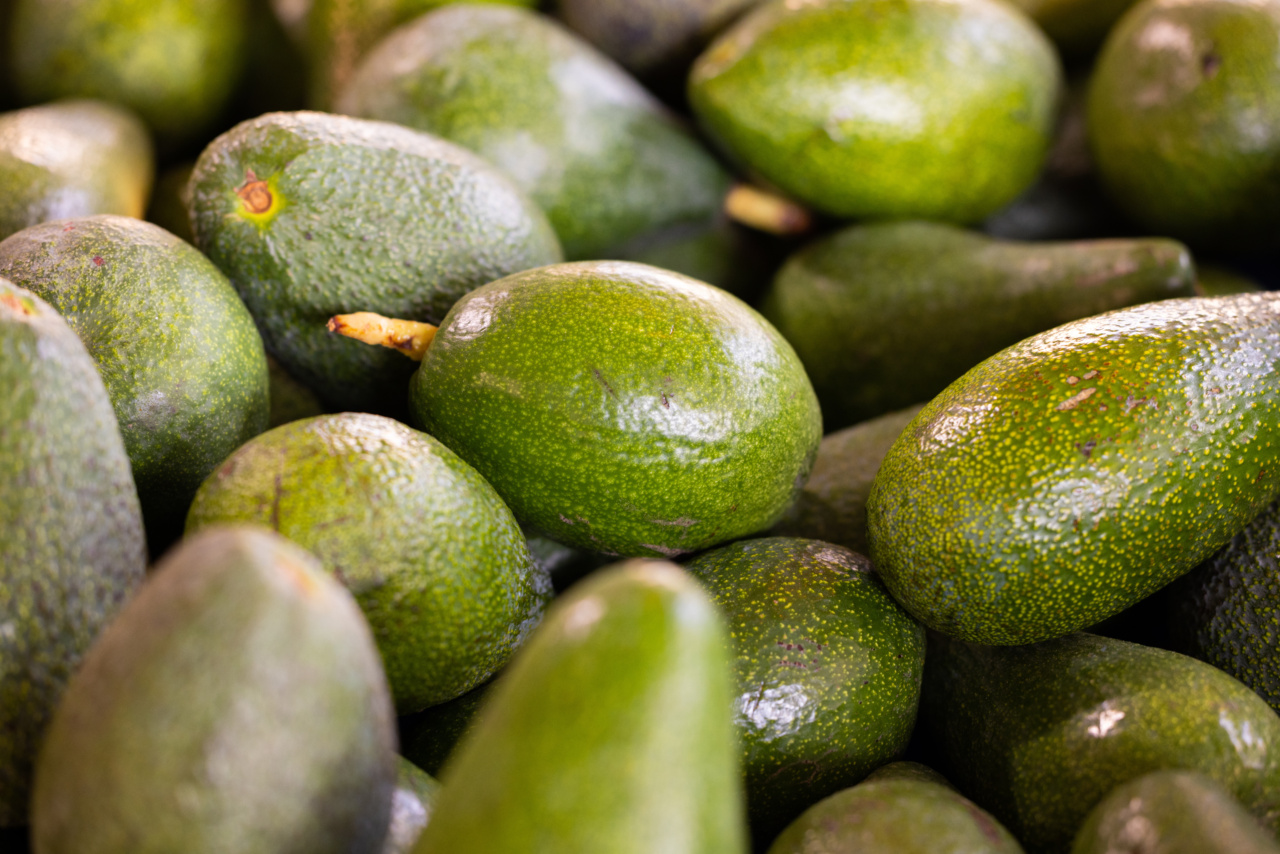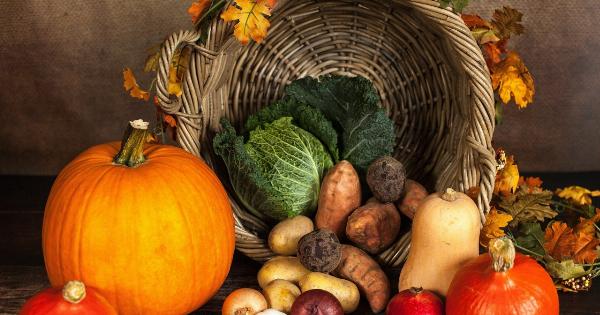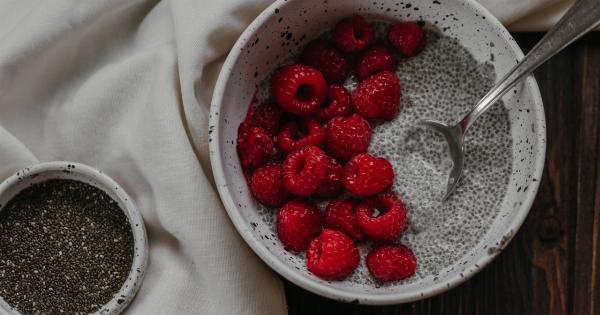When it comes to fruits and vegetables, most people only eat the flesh inside and discard the peels.
And while some peels are indeed tough or bitter and difficult to digest, many fruit and veggie skins are packed with nutrients and can be delicious if prepared properly. So why not make use of these edible peels and get more vitamins, fiber, and flavor in your meals?.
1. Apples
Apples are famous for their crisp and juicy flesh, but did you know that their skins contain almost double the amount of fiber and antioxidants as the pulp? Apple peels are especially rich in quercetin, a flavonoid that has anti-inflammatory, antihistamine, and anticancer properties. They also add a pleasant tartness and crunch to dishes, whether sliced thinly in salads, baked with cinnamon and brown sugar, or pureed into applesauce.
2. Potatoes
Potato skins are often removed before cooking or eating, but they are actually one of the most nutritious parts of the vegetable.
Potato peels are a good source of fiber, potassium, iron, and vitamin C, as well as various phytochemicals that may help prevent cancer and heart disease. They can be roasted, fried, or baked into crispy chips or flavorful wedges, seasoned with herbs, spices, or cheese.
3. Citrus Fruits
Lemons, oranges, limes, and grapefruits are not only refreshing and zesty, but also full of essential nutrients and bioactive compounds, many of which are concentrated in their peels.
Citrus zest contains limonene, a chemical that may have antitumor effects, as well as flavonoids and carotenoids that protect against oxidative stress and inflammation. Citrus peels can be grated or sliced thinly and added to marinades, dressings, desserts, or steamed vegetables for a burst of flavor and color.
4. Squash
Squash and pumpkins come in many shapes and sizes, but most of them have edible skins that are tender and tasty if cooked properly.
Squash skins are a good source of fiber, potassium, and vitamin C, and they can add a mellow sweetness and nutty flavor to soups, stews, or roasted dishes. For best results, choose young and thin-skinned squash varieties like zucchini, yellow squash, or pattypan, and slice them thinly or grill them over high heat.
5. Cucumbers
Cucumbers are famous for their cooling and hydrating properties, but their peels are equally beneficial for health and taste.
Cucumber skins contain silica, a mineral that promotes skin, hair, and nail health, as well as lignans, a type of phytoestrogen that may lower the risk of breast cancer. Cucumber peels also add a crunchy texture and a mild bitterness to salads, sandwiches, or dips, and are a good source of fiber and vitamin K.
6. Kiwifruit
Kiwifruit is a small and fuzzy fruit with a bright green flesh that is rich in vitamin C, vitamin K, and potassium.
But the skin of kiwifruit is equally nutritious and can be eaten as well, as long as it is washed thoroughly and rubbed gently to remove the fuzz. Kiwi skin contains more insoluble fiber than the pulp, which can help regulate digestion and prevent constipation. Kiwi skin also has a slightly sour and tangy taste that complements the sweetness and tartness of the fruit.
7. Eggplant
Eggplants may not be everyone’s favorite vegetable, but their shiny and colorful skins are worth trying.
Eggplant skins are a rich source of antioxidants and flavonoids, including nasunin, a compound that may protect brain cells from oxidative damage and inflammation. Eggplant skin is also a good source of fiber and potassium, and can be sliced thin or diced and cooked with olive oil, garlic, and herbs for a hearty and flavorful side dish.
8. Pears
Pears are similar to apples in many ways, but tend to be softer, sweeter, and more delicate. However, pear skins are just as nutritious and flavorful as apple skins, and can be eaten or used in recipes with great results.
Pear peels are high in antioxidants and flavonoids, such as quercetin and catechins, as well as fiber and vitamin C. Pear peels also add a slightly grainy texture and a floral aroma to baked goods, jams, and sauces.
9. Sweet Potatoes
Sweet potatoes are a popular and versatile vegetable that comes in many colors and flavors. However, their skins are often discarded or used for animal feed, despite their nutritional value.
Sweet potato skins contain beta-carotene, a pigment that gives them their orange color and is converted into vitamin A in the body. Sweet potato skins are also rich in fiber, potassium, and antioxidants, and can be eaten roasted, baked, or fried into crispy chips or wedges.
10. Tomatoes
Tomatoes are a staple ingredient in many cuisines, and are known for their juicy and meaty flesh. However, tomato skins are equally important for their health benefits and taste.
Tomato peels are a good source of lycopene, a powerful antioxidant that may reduce the risk of prostate cancer, as well as vitamins A, C, and K. Tomato skins can be left on when making sauces, soups, or stews, or eaten fresh in salads and sandwiches for a chewy and tangy bite.
Conclusion
Edible peels are not only an untapped source of essential nutrients and bioactive compounds but also a way to reduce food waste and add variety to your diet.
By eating fruit and vegetable skins, you can get more fiber, vitamins, and antioxidants, as well as new textures and flavors. So next time you buy produce, think twice before peeling it and see what wonders you can create with the whole package.






























